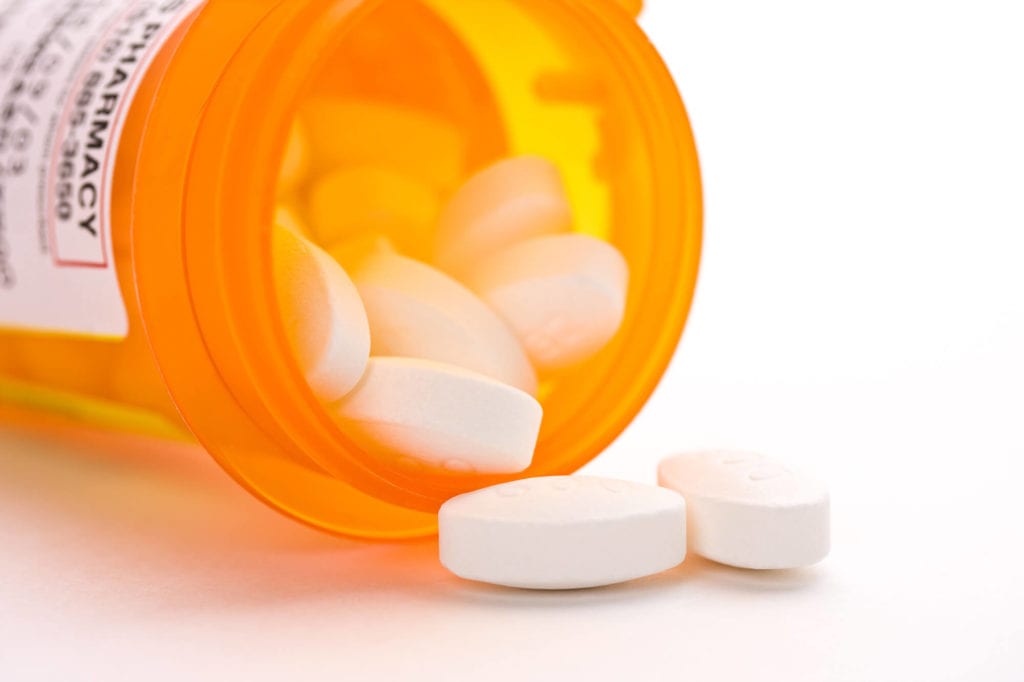If you have ever been to a pharmacy to drop off a prescription it is very likely that you have been asked if you would like the generic version of the medication filled instead of the brand name. Most of us know that by choosing the generic version we are getting a cost savings, but have you ever wondered what the other similarities and differences are between brand name and generic? I was curious myself and decided to read up and share some information on this topic.
A generic drug is a copy of a brand name that is required to have the same active ingredient, strength, dosage form, and route of administration as the brand name counterpart. However, generic drugs do not need to contain the same inactive ingredients as the brand name product. There are also some other differences allowed between name brand and generic drugs as well. For instance, generic drugs may differ in their shape, color, packaging and labeling. Only minor difference are allowed when it comes to labeling a generic however. Generics drugs can also have different flavoring, preservatives, and expiration dates as a brand name drug. But even so, the generic must keep its effectiveness until its expiration date, just as a brand name product does. Regardless of the differences in regards to inactive ingredients, shape and colors, all must be deemed safe by the FDA, and must follow all of the same quality standards as the brand name.
With nearly 8 out of 10 prescriptions filled in the United States are generics this means big savings for patients and hospitals. The reason that the price of generics can remain relatively low is because the product has already been developed and tested by the brand name company. You see, when a new drug is being developed by a drug maker the manufacturer’s cost for the new drug will have to include money for its research, large scale testing and clinical trials and for the advertising and marketing of the new drug. When a drug maker develops a new drug they are given patent protection when they are first sold. The patent then gives the drug maker exclusive rights to produce and sell the drug for a limited time, generally 12 years. When the patent ends that is when other companies are allowed to make and sell generic versions. So, in not having to pay for all of the same things the brand name drug maker has to cover, that is how the makers of generic drugs are able to keep the prices lower and pass the savings on to the pharmacies and ultimately us. There is also competition among multiple companies producing generic versions and that is another help in keeping the cost down.
So with the thought of lower cost often comes the questions regarding the safety of these generic drugs. The answer to that question is that yes, they are safe, the FDA requires all drugs to be safe and effective. Since generics share the same active ingredients as the name brand medications, they have been shown to work the same way in the body, meaning they have the same risks and benefits as brand name drugs. Studies have shown that there is not much variation in the way the drug is absorbed into the body between the two types.
Unfortunately generics are not available for all medications. The best way to find out if there is one available for the medications you are taking, and whether or not you should take it, would be to consult with your doctor and pharmacist. Also, if you get a prescription filled and it looks different from normal, do not be afraid to ask your pharmacist what form you have received, generic or name brand. Nonprescription drugs an be sold in generic form. You can usually find them under the store/pharmacies in-house label and that can help with cost savings as well. And as always, please make sure to speak with your doctor if you notice any change in your condition as well as any unusual side effects when changing from a band name to a generic drug.
Even though Medicare Advantage plans or supplements might also provide coverage, they generally follow the same rules as Medicare does.







